What is a linear high bay light
A linear high bay LED light follows the footprint of traditional two-to-eight lamp T5/T8 high output fluorescent fixtures to provide a large light emitting surface (LES) for maximized spacing and improved uniformity. High bay lights are used for general lighting in open, large industrial and commercial spaces such as manufacturing facilities, warehouses, big box retail stores, convention centers, exhibition halls, recreational and athletic facilities, etc. These light fixtures are designed to create a safe and appropriately illuminated environment that meets the operational requirements of the building. With the ongoing trend to design industrial buildings with higher clear heights and more expansive spaces, linear high bay lighting is gaining an increasing popularity.
Maximize the value of lighting with LED technology
Linear high bay LED lights in this product guide refer to troffer-style high bay light fixtures that are rectangular in shape. They can be designed to retrofit existing fluorescent installations or cater to new construction applications. Regardless of the design concept, a high bay LED light should be built to extract maximum value out of the solid state lighting technology. Robust construction, superior photometric performance, high energy efficiency, and reliable operation are some of the important and quantifiable attributes that a good product must possess.
LEDs offer the advantages of unmatched luminous efficacy, solid state durability, excellent controllability and an extraordinarily long service life to replace traditional fluorescent light sources. Nevertheless, reaping the benefits of LED lighting involves complex systems design. The performance and reliability of LED high bay lights are determined by all its constitutive parts, which include the light source as well as the electrical, thermal and optical subsystems. A catastrophic failure of any component or subsystem will render the entire system ineffective, and a flawed design or inappropriate integration can compromise the value of the lighting system.
Light distribution characteristics
Linear high bay LED lights are constructed of either die-formed, cold rolled steel or extruded/die cast aluminum. These fixtures are commonly designed in a 2-foot or 4-foot length, although other custom fixture lengths are available as well. The high bay light may come with a fully luminous surface which resembles that of a fluorescent high bay fixture or arrange the linear LED light engines on the sides of a gear box.
An assembly of multiple linear LED arrays allows these fixtures to deliver uniform light distribution over a large area. Uniform horizontal illuminance is critical to safety and performance of the users inside open, high-ceiling spaces. In high bay industrial facilities, closely spaced tasks call for high uniformity of lighting so that workers don’t have to continuously adapt across visual fields of different luminances. Neighboring areas with extreme luminance differences can be visually fatiguing to the worker, which may negatively affect productivity and even pose a significant safety risk. Illuminance uniformity is particularly important for sports lighting applications. Poor uniformity can result in distorted visual perception of the playing target (e.g., basketball, ice hockey) thus affecting player performance. It also makes it difficult for broadcast cameras to adjust exposure while following action.
Aside from improved uniformity, the extended illumination coverage with a large LES lends linear high bays a unique advantage in maximizing fixture spacing in open, expansive spaces. Maximized spacing translates to reduced installation and maintenance costs. Linear high bays lights come in a choice of light distributions including regular and wide distributions for illuminating open areas, narrow distributions for rack aisle lighting, asymmetric and double asymmetric distributions for long, narrow spaces requiring uniform vertical illuminances. The optical control is achieved with full lenses, specular reflectors, or lens arrays that provide individual optical regulation of each LED.
Light source
Linear high bay LED lights are offered in a choice of lumen packages ranging from 6,000 to 60,000 lumens. The initial luminaire efficacy of linear high bay LED lights is determined by the source efficacy, driver efficiency and optical delivery efficiency. Obviously, the tremendous energy savings of LED lighting systems are tied primarily to source efficiency improvements over conventional technologies.
Depending on the LED package platform and color characteristics (color temperature and color rendering), LEDs vary in their ability in delivering lumen outputs per circuit watt and this results in the wide variation of the luminaire efficacy. A luminaire efficacy of greater than 180 lm/W can be easily achieved with reflective plastic leaded chip carrier (PLCC) LED packages. It’s also not uncommon to see a luminaire efficacy as low as 120 lm/W with high power LED packages or PLCC LED packages that provide superior color rendering and/or produce white light in a warm shade.
A majority of high bay lights have a correlated color temperature (CCT) greater than 4000K and a color rendering index (CRI) in 70s-80s. Typically, the higher the CCT, the higher the luminous efficacy of radiation (LER); the lower the CRI, the higher the LER. When a product with a high luminous efficacy designed as the main selling point, it usually comes with a very high CCT and a CRI which is on the lower end of what is acceptable for a specific application.
Source efficacy vs. source reliability
A high initial luminaire efficacy cannot guarantee high energy savings over the rated life of the product. While PLCC-based mid-power LEDs that are now widely incorporated in high bay lighting systems have a very high efficacy, they don’t have the ability to survive high temperature operation that is typical of many industrial applications. In contrast, high bay lighting systems that are equipped with high power LEDs will stand out in harsh operating environments.
The fundamental packaging philosophy of high power LEDs enables these devices to perform to specifications even under high thermal and electrical stresses. The LED chip is mounted on top of the metallized ceramic substrate which provides the semiconductor package a high efficiency thermal path to extract heat from the active region of the LED. Frequently, high power LEDs have a much longer life than mid-power LEDs because of their robust construction.
In heavy duty lighting applications, mid-power LEDs usually experience a faster decay of luminous flux and are more prone to color shift due to degradation of the plastic resin body used in the package and oxidation of exposed lead frames. The plastic housing of most mid-power LED packages is made of polyphthalamide (PPA). In high bay lights that use mid-power LEDs, products that come with a meaningful warranty often use EMC (epoxy molding compound) based LEDs. EMC is a thermoplastic resin that has an improved resistance to discoloration at higher temperatures.
There is also a move towards the use of CSP LEDs. These package-free LEDs essentially eliminate the failure mechanisms associated with the use of unstable package materials.
Thermal management
A quality LED that is properly integrated into a system can last much longer than the one that is installed in a poorly engineered system. The luminous efficacy of a high bay light should be evaluated in conjunction of the lumen maintenance of the lighting system. Lumen maintenance in LEDs are affected primarily by drive current and operating temperature. A lower-cost product will have fewer LEDs, which in turn are driven at higher currents for a specified light output. At the higher current density the LEDs will suffer from efficiency droop, which means more power is dissipated as heat. Overdriving the LEDs can lead to current crowding, which not only severely increases temperature in the package but also reduces the life of LEDs. The temperature-dependent failure mechanisms of LEDs makes thermal management critically important to achieve the reliability expected from LED lighting.
While the drive current must be managed to prevent an increase in heat buildup, the ability of a high bay LED system to dissipate heat is more decisive in thermal management. A major advantage of linear high bay lighting systems is that they have an adequate surface area for thermal conduction and convection. The emphasis should be put at reducing thermal resistance along the thermal path from the die through the solder joints and circuit board to the heat sink (or housing). Thermal management at this level involves increasing the heat transfer capacity as well as the reliability of solder interconnects, the use of low thermal resistance metal core printed circuit boards (MCPCBs) and thermal interface materials (TIMs).
Line and load regulation
The efficiency, performance, and lifetime of a high bay LED light is heavily dependent on the LED driver. In fact, most LED product failures are related to the driver. In linear high bay lighting systems, LED drivers are usually arranged in a separate compartment or located well away from the light source to protect the driver components from being thermally stressed by the LED thermal load. High efficiency power conversion of LED drivers is especially a priority in this application due to the high wattages typically involved in high bay lighting applications. However, the top consideration in designing an LED driver for high bay lighting applications is to ensure that the driver will operate to specification under wide temperature and electrical ranges over its rated life. These specifications include the circuit efficiency, drive current regulation, dimming performance, ripple suppression, power factor correction, removal of unwanted harmonics, etc.
High power (more than 100W) LED luminaires typically use two-stage AC-DC LED drivers which provide high quality output current, high efficiency, wide dimming range, and tight regulation and control on the current output provided to the LED load. The immunity performance of two-stage LED drivers against AC mains is much better than single-stage LED drivers. This feature is especially important for high bay lighting systems installed in heavy industrial settings where dirty power is a common concern. In applications where voltage and current fluctuations in the power line may be present, the LED drivers are required to have surge protection capability.
LED dimming
Dimming control has become an essential feature for high bay lighting which often incorporates various control strategies to maximize energy savings, to create a comfortable and engaging work environment, and to add flexibility to multi-purpose spaces. An LED driver can be designed to dim the LEDs through pulse-width modulation (PWM), constant current reduction (CCR), or phase control. The CCR or analog dimming is a common method for adjusting the light output of high bay LED lights. Analog dimming circuitry is usually controlled through a protocol such as 0-10V, 1-10V, or digital addressable lighting interface (DALI). The dimming capability allows LED drivers to be programmed for constant light output (CLO) which is designed to compensate for the depreciation of luminous flux throughout the life of the LEDs and to avoid unnecessarily high energy consumption at the beginning of the life cycle.
LED drivers can be configured to identify and respond to control signals from environmental sensors for occupancy sensing or daylight harvesting. Wireless communication circuitry can integrated into high bay lights which in turn can be customized, scheduled and controlled remotely via a web-based central management program.

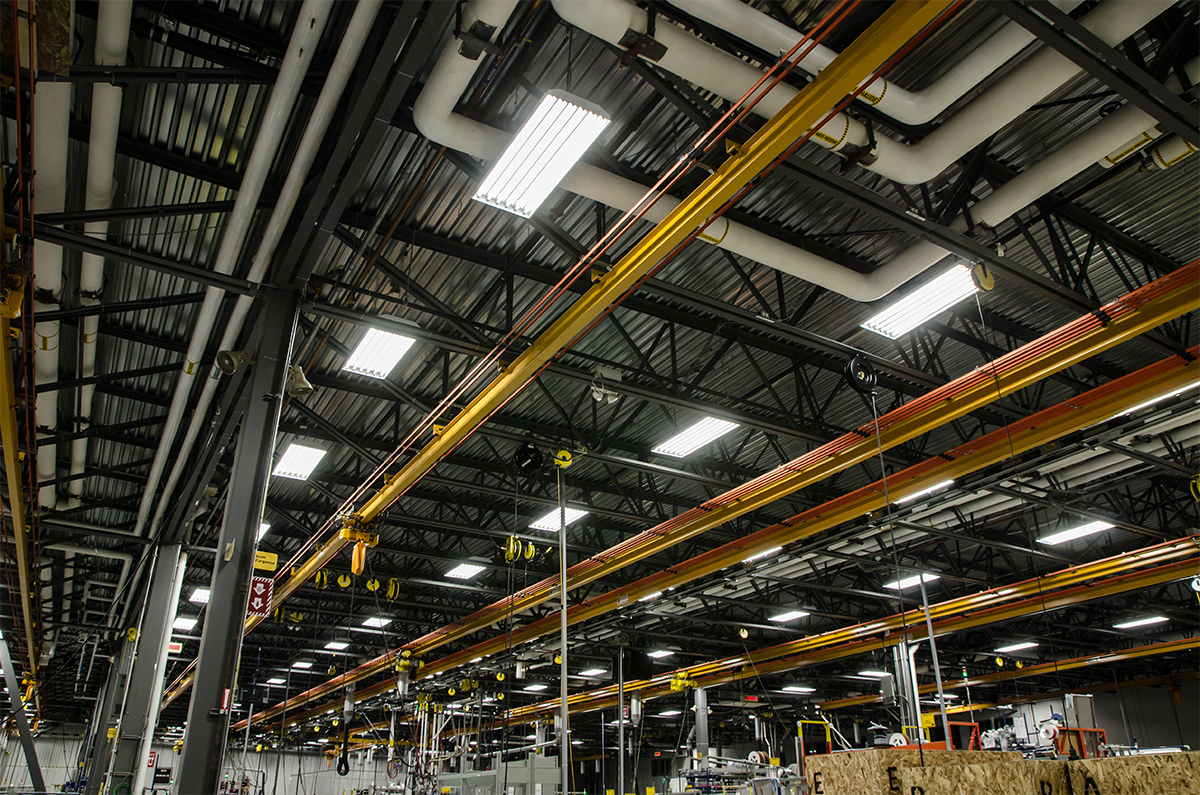

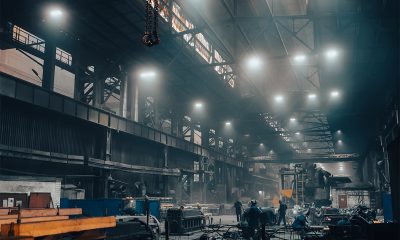
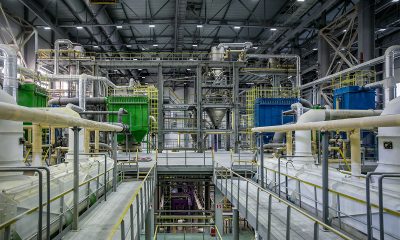
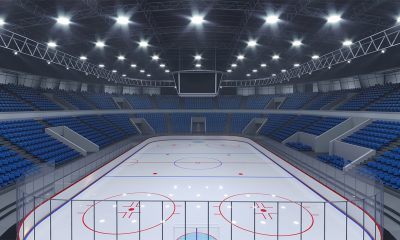
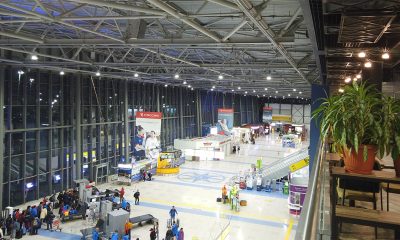
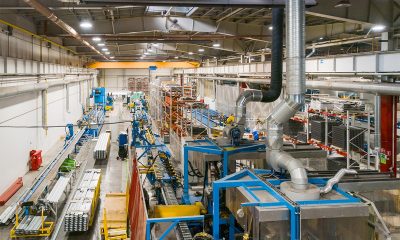
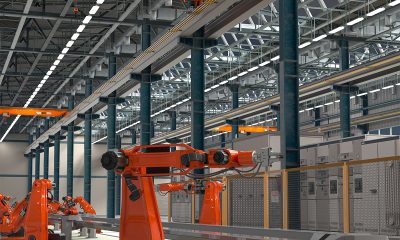
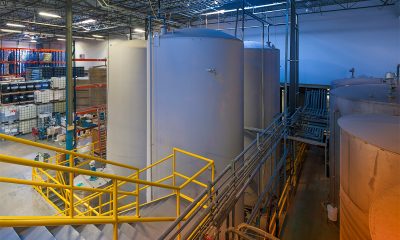
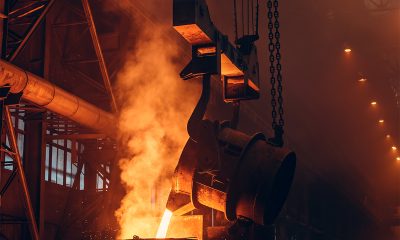

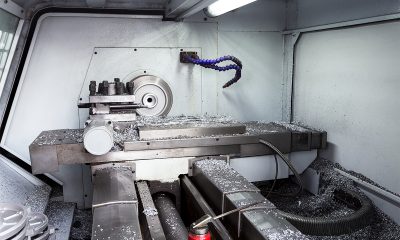
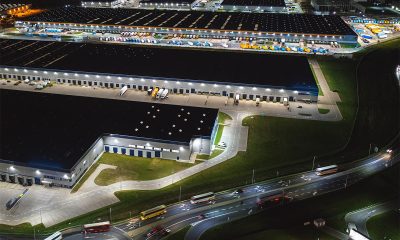





Loading...
New member